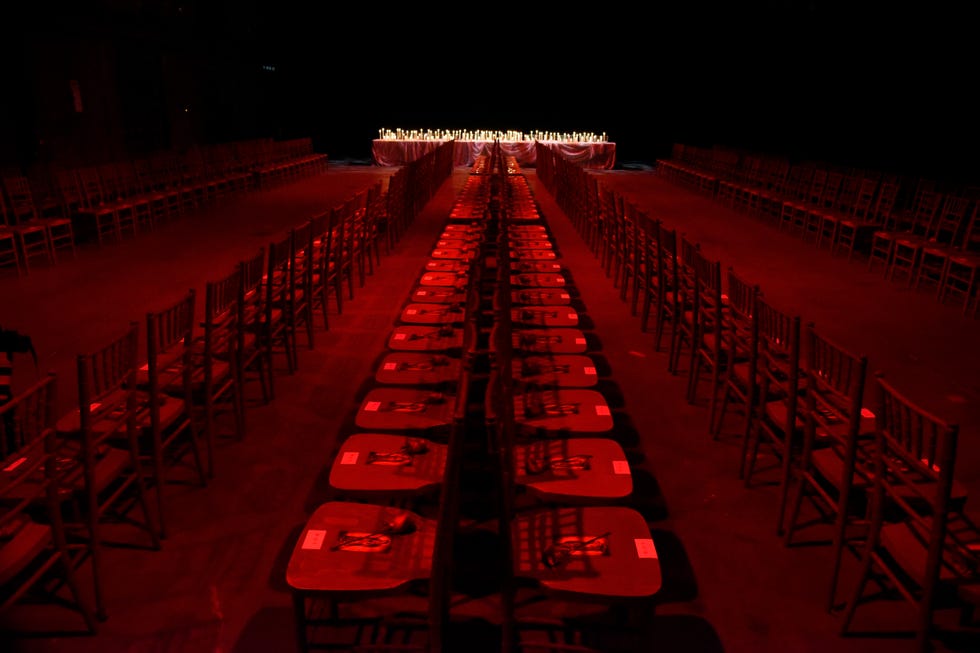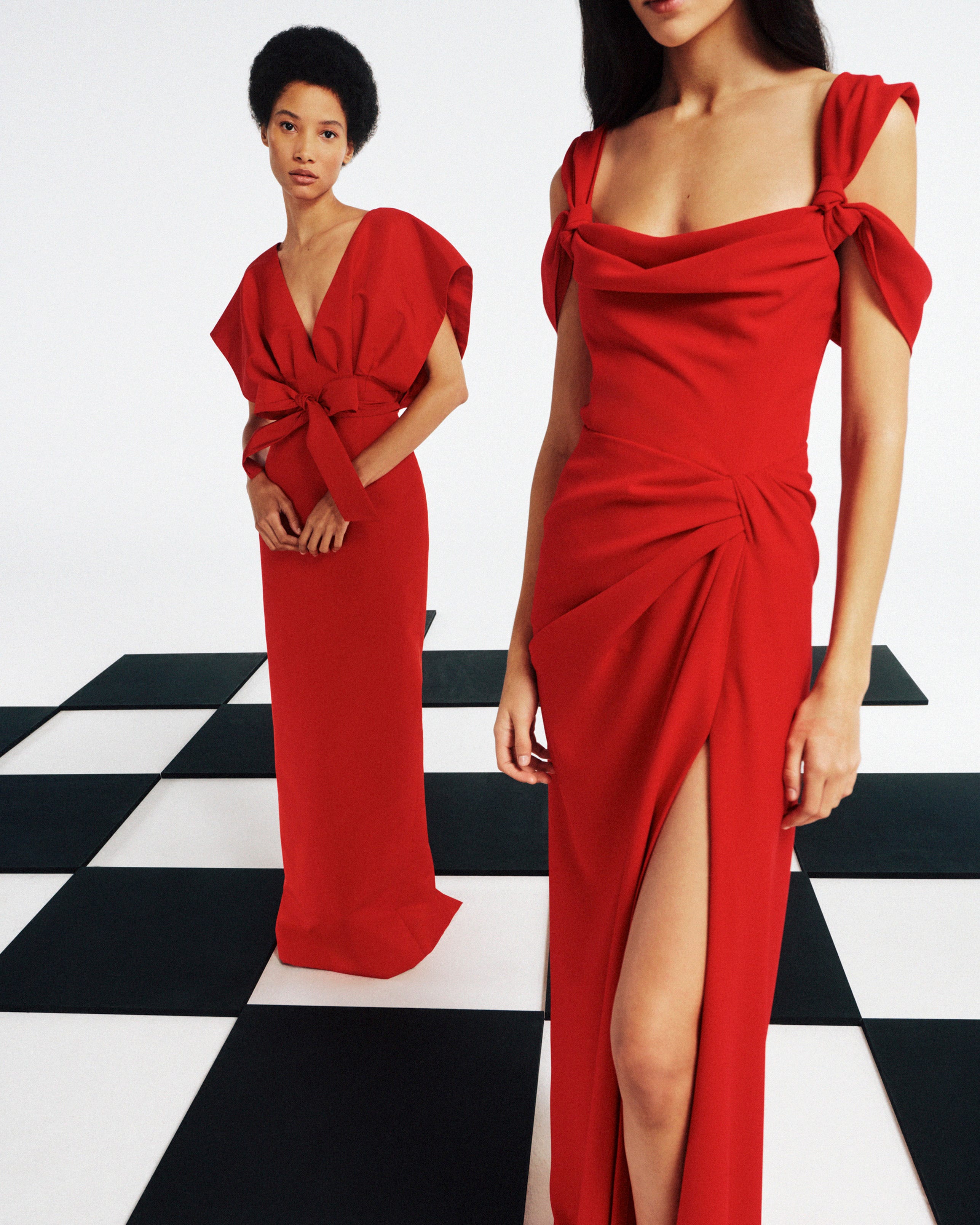In 2013, I was up for a prestigious literary fellowship and arrived at the committee interview wearing a red dress, a simple A-line shape reimagined in vintage fabric. Facing the conference table of eager eyes waiting for me to justify my candidacy, I admitted how nervous I was, to which the director of programs and events responded, “But you’re the one who decided to wear red!”
And she was right. I knew the color would draw attention. I wanted them to remember who had entered the room: a Latina with talent. But was I also leaning in to a well-worn stereotype? To wear red is to be “spicy,” a “hot tamale.” Just ask Congresswoman Alexandria Ocasio-Cortez about being shamed for wearing scarlet suits and lipstick.
When I was five years old, growing up in the Bronx, my father gave me a nun doll because he wanted to ensure sainthood for his daughter. He did this even as he watched his favorite variety TV show, led by “La Bomba de Puerto Rico,” Iris Chacón, a sultry performer with electric-red hair that shone brightly against her skintight sequined dresses. I loved Iris and wanted to be like her, but to do so meant I couldn’t be a nun. The push was always to be a good girl, not a puta. And growing up, red was associated with looseness.
It’s a stereotype that goes back millennia: In the Book of Revelation, a personification of sin is a woman dressed in scarlet and purple. According to Gabriela Soto Laveaga, professor of the history of science at Harvard, red always played an integral part in Mesoamerican cultures, via scarlet dye made from the small cochineal insect, used centuries ago by the Aztecs to adorn themselves. Once the Franciscans and Dominicans “discovered” the bug, cochineal dye became a hot commodity for the Europeans, with artists such as Anthony van Dyck using it in portraits of nobility. The color was appropriated from the Americas and repackaged as an emblem of aristocracy meant for Europeans, not the sinful “savages” they were conquering.
But a new crop of Latine designers is taking back the intense shade, with Willy Chavarria leading the way. His work has made me rethink my own complicated history with the color. The wearer of his clothes takes on an oversize profile, crossing genders in crisp, tailored workwear, romantic poet blouses, and slouchy basketball shorts, fully rooted in Latine-ness. The color transcends clichés with personal notes from the culture, by the culture. Chavarria’s early memories of the shade came from red-themed parties celebrating a girl’s first menstrual cycle. “Red symbolizes passion,” the designer says. “The red of my aunt Isabel’s lips on her way to midnight mass; the red of the roses in my family’s front yard.”





 Replace van Dyck’s portrait of a crimson-robed Agostino Pallavicini with Chavarria’s voluminous ball gown in red Italian silk. The cardinal color is no longer a choice between saint and slut, a false dichotomy imposed by the powers that seek to regulate who can wear what and when. Red will always bring me right to the center of who I want to be, to embrace the duality and show the expansive beauty of Latine-ness.
Replace van Dyck’s portrait of a crimson-robed Agostino Pallavicini with Chavarria’s voluminous ball gown in red Italian silk. The cardinal color is no longer a choice between saint and slut, a false dichotomy imposed by the powers that seek to regulate who can wear what and when. Red will always bring me right to the center of who I want to be, to embrace the duality and show the expansive beauty of Latine-ness.





